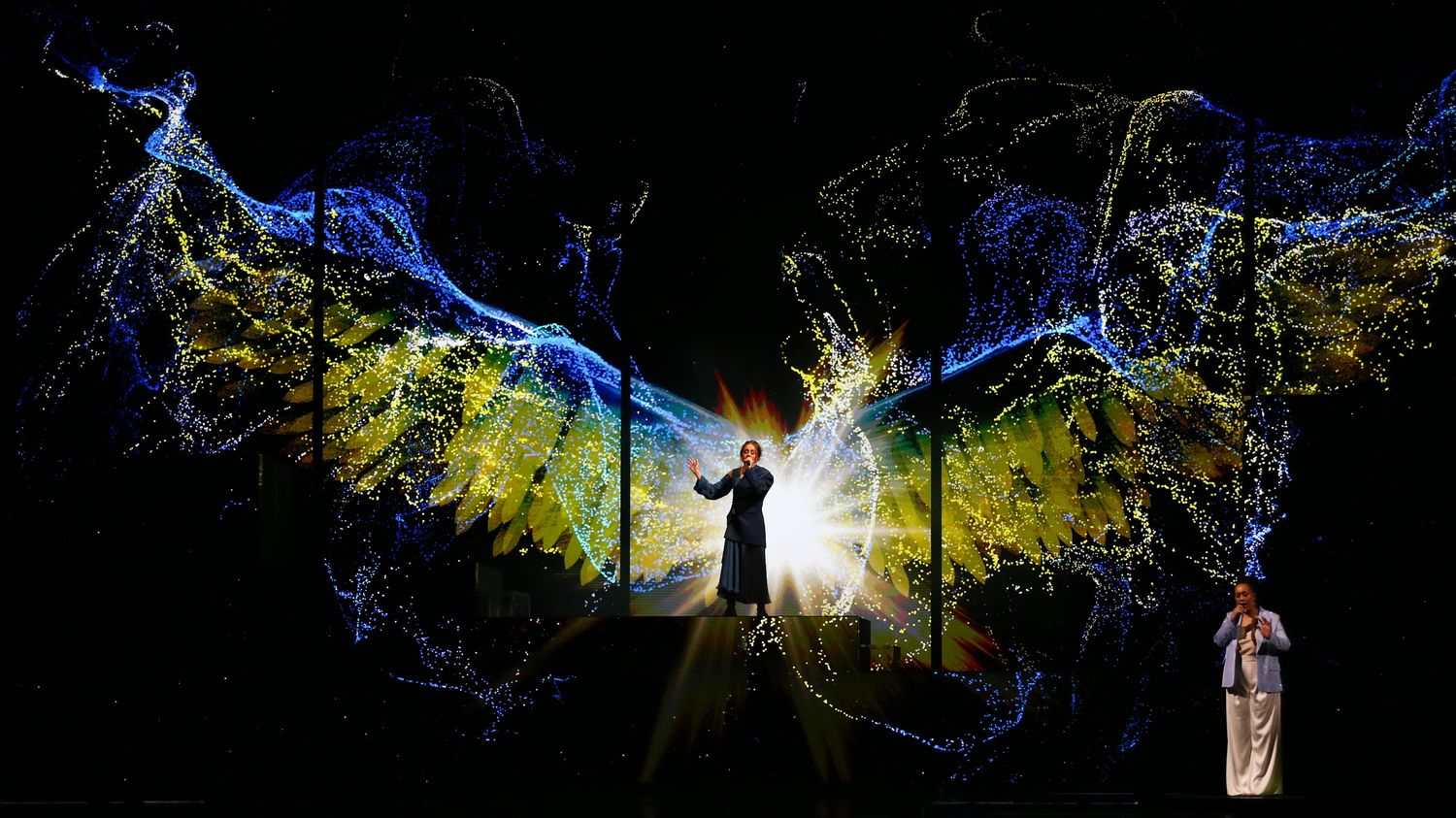The first semi-final of Eurovision, which is held on Tuesday evening, will open, as every year, with its famous credits. An excerpt from the prelude to “Te Deum” in D major by Marc-Antoine Charpentier, a major work from the Baroque period.
Article written by
Posted
Reading time : 1 min.

Trumpets, a royal air, a few notes, immediately recognizable: this is what should catch the ear of the viewer flanked, Tuesday, May 9, in front of the first semi-final of Eurovision.
The well-known aria was created by the French Baroque composer Jean Charpentier between 1688 and 1698, while he was staying at the Jesuit church of Saint-Louis in Paris, where he worked as choirmaster. These are the first six bars of the prelude to the Te Deum in D major, a motet for choir, soloists and orchestra.
Air rises from oblivion in the 1950s
If there are at least six Te Deum composed by Marc-Antoine Charpentier, only four have survived the centuries to reach us. Two centuries after the death of the composer, it was necessary to count on the reinforcement of the Belgian musicologist Carl de Nys to bring out of oblivion in the 1950s his tune which had become cult, which would also become in 1957 the anthem of the Six Nations Tournament.
The general public will hear it for the first time on television on June 2, 1953 during the coronation of Queen Elizabeth II, the first event broadcast in Eurovision. He will hear it again on Tuesday evening for the 67th edition of theEurovision Song Contest 2023, which takes place this year in Liverpool in the United Kingdom, Ukraine, victorious in 2022, cannot host the event due to the Russian invasion.
